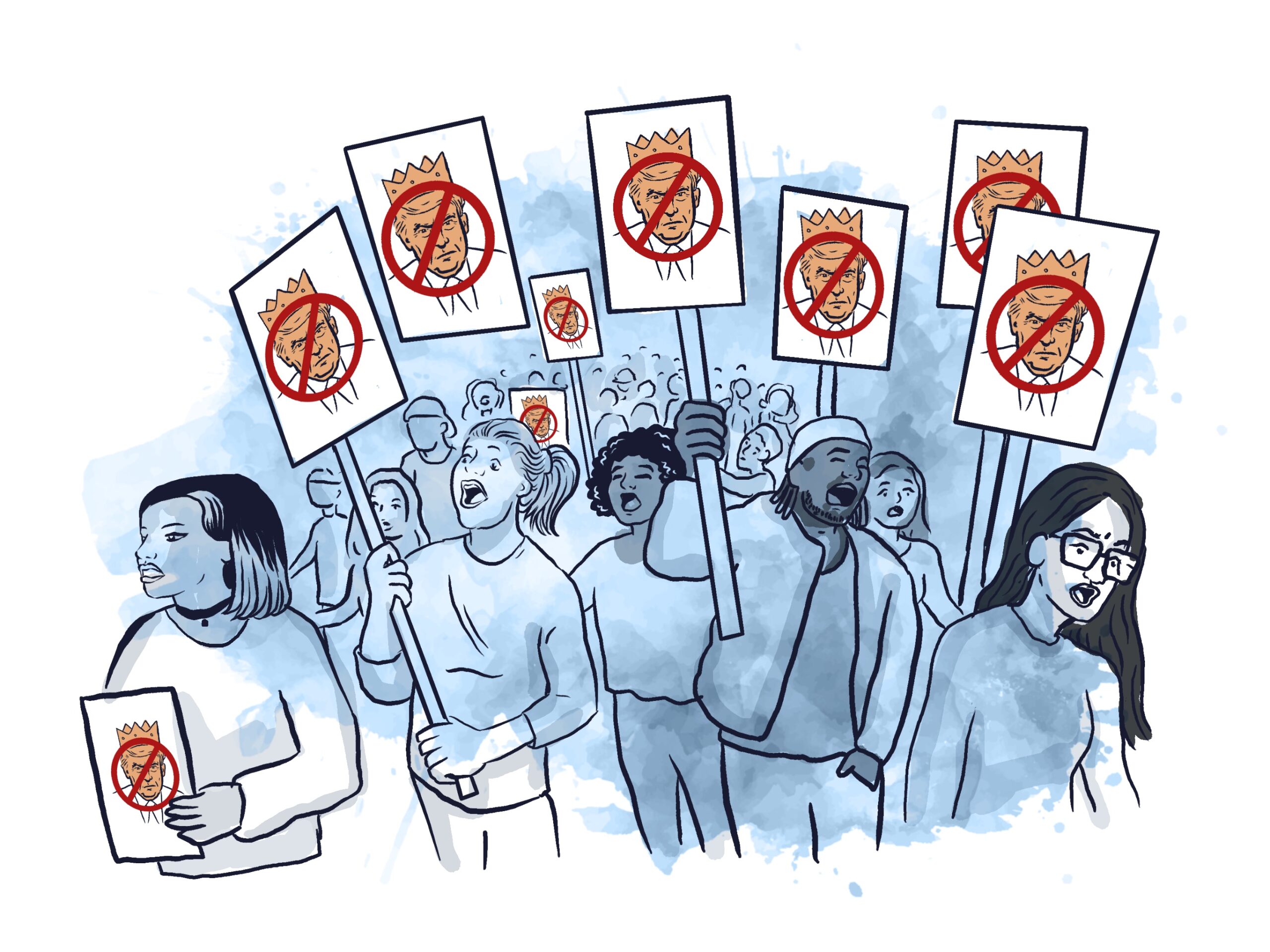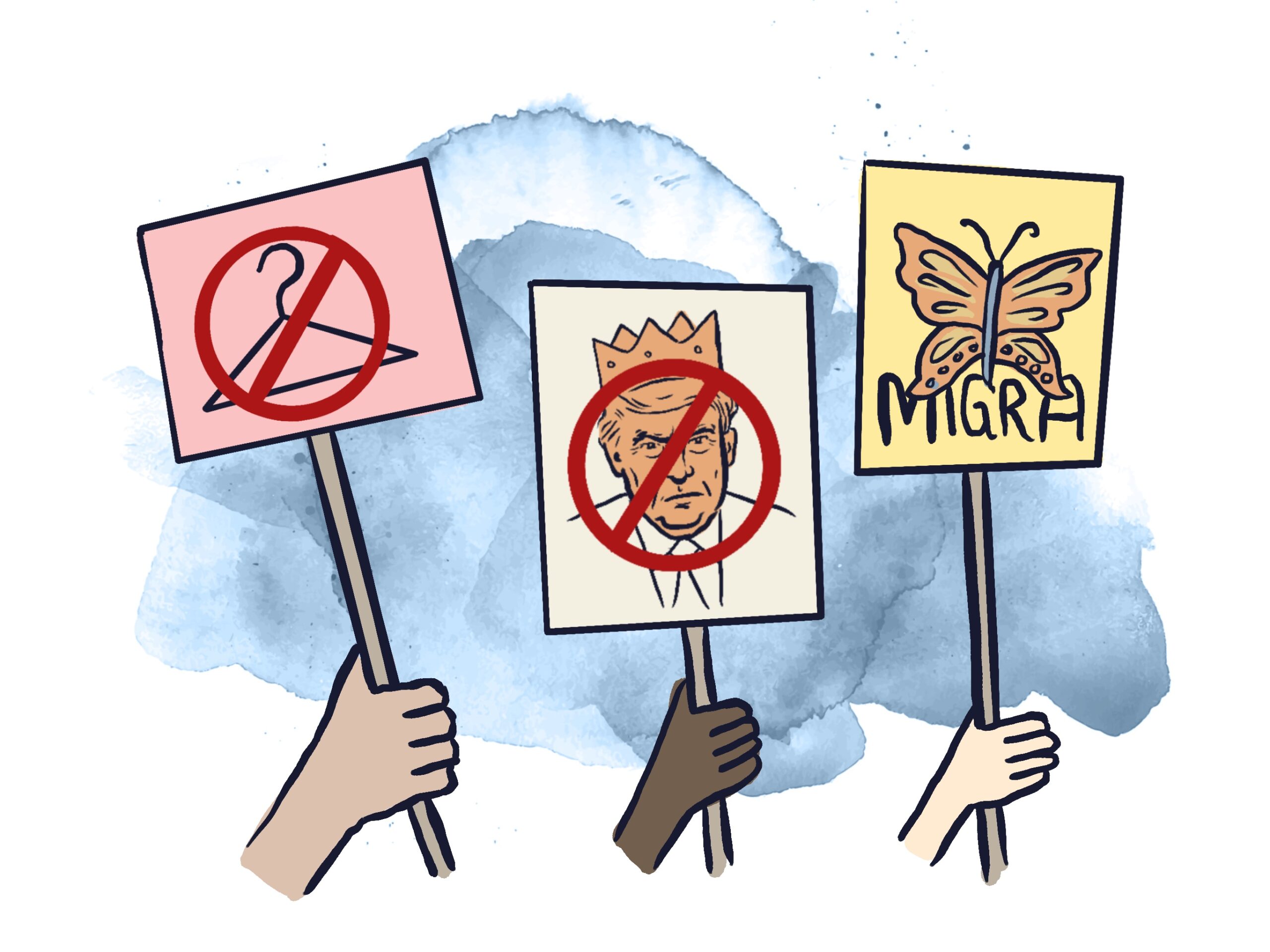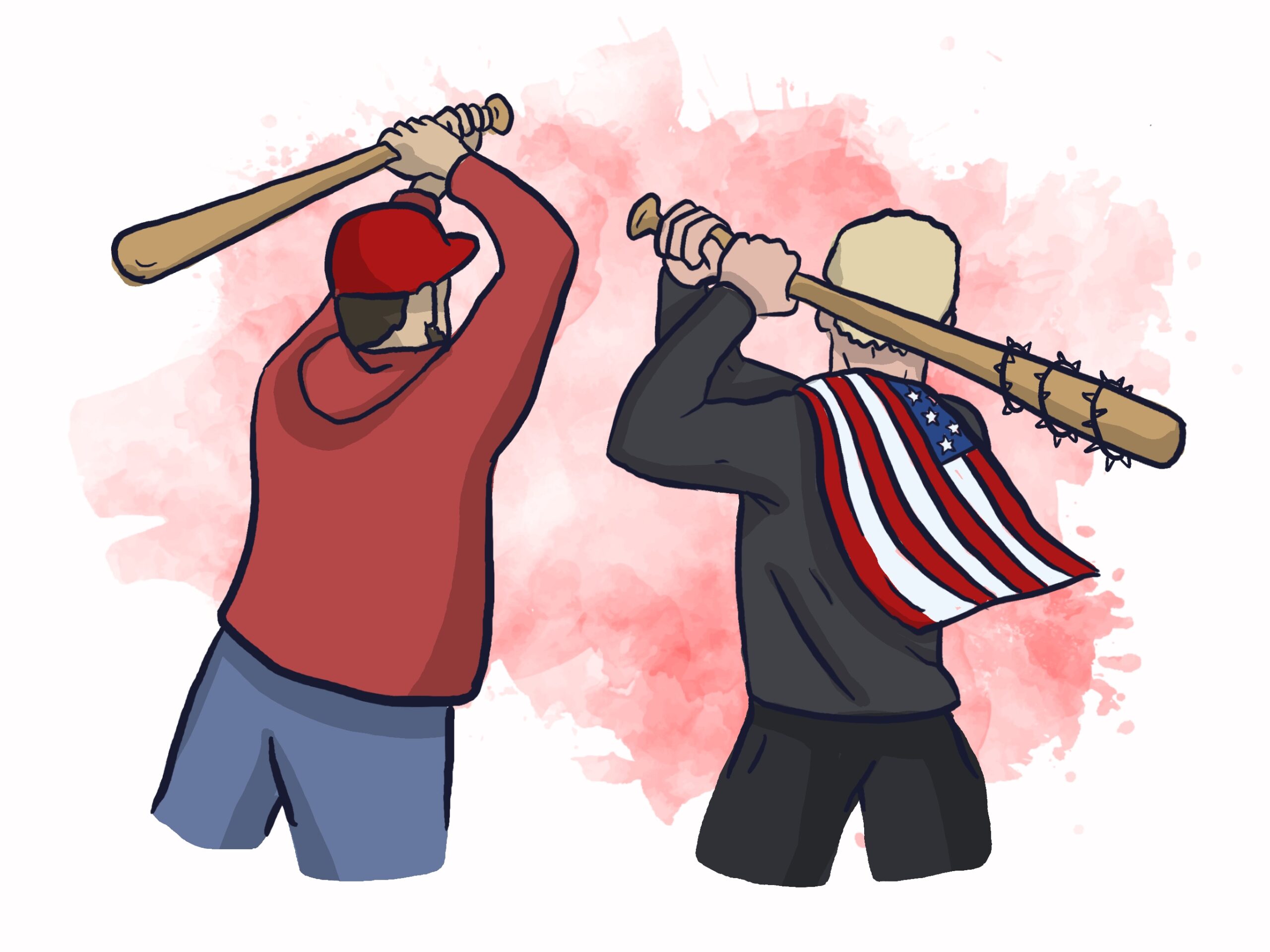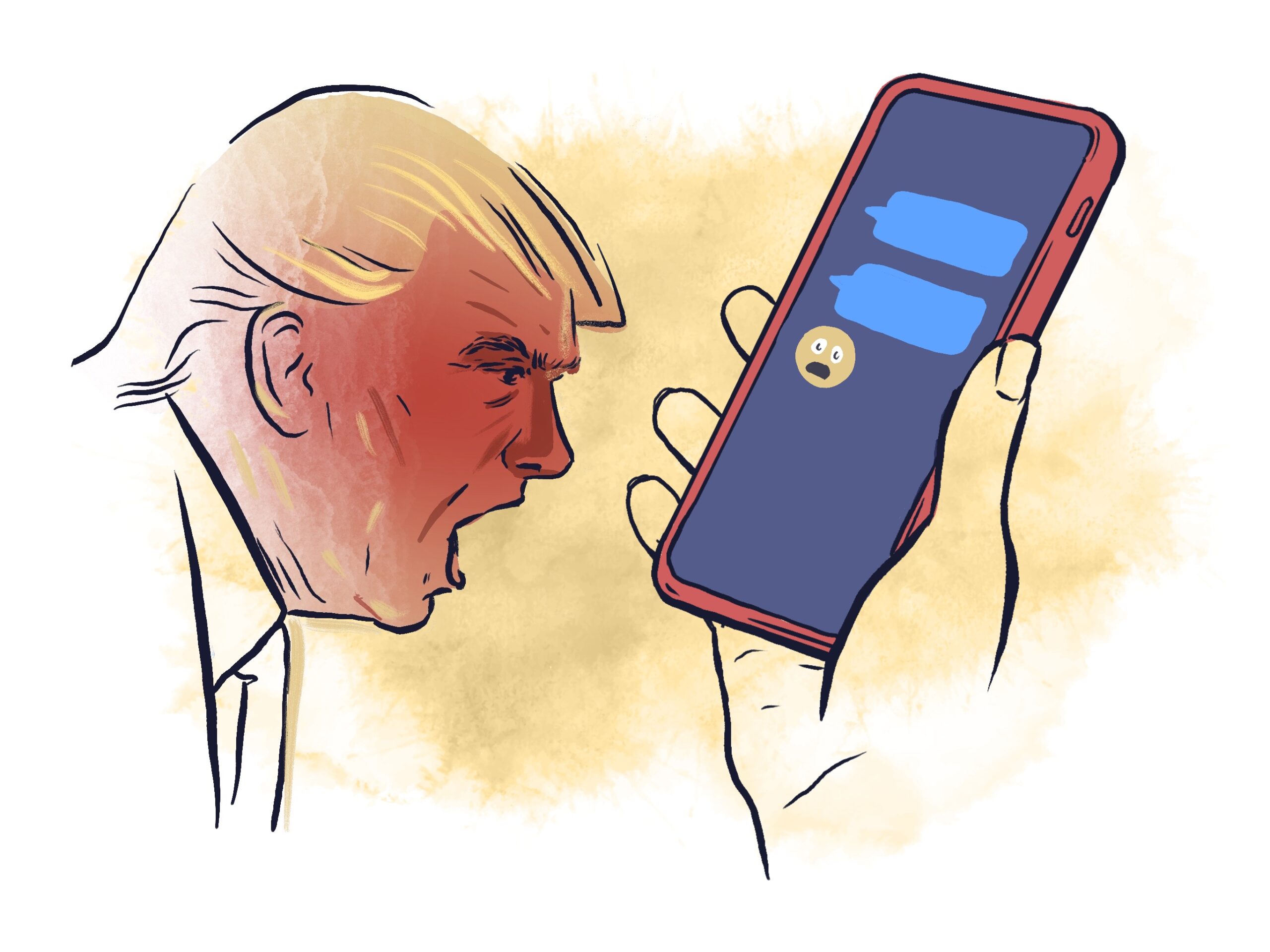You feel the need to signal widespread opposition, so you decide to join a January march in D.C. that promises to be a peaceful declaration that “we will not accept a dictatorship.”


On the day of the march, the crowd around you carries various signs supporting abortion rights, calling for a pathway to citizenship for immigrants, promoting anti-fascism, and on and on. Though turnout is significant, fellow protestors whisper to each other that this march is much smaller than the Women’s March in 2017.
As the crowd turns a corner, you see dozens of armed counter-protestors. With bats raised, they run at some of the marchers. You hear screams and see people pushing back, but you can’t see exactly what is happening. When the police arrive, you watch the counter-protestors scurry away. They have gotten what they wanted — media reports of the march will mention violence.


Your friend texts you, worried if you’re okay. “Trump has been on air all day calling your protest an insurrection.” Trump repeats that he won “by a huge margin” and attacks the “small group of violent thugs trying to overturn the results of the election.” He later says on social media that when he’s president he’ll order the military to clear the streets. You get home safe and sound and feeling energized by the march, but you wonder what it all achieved.
